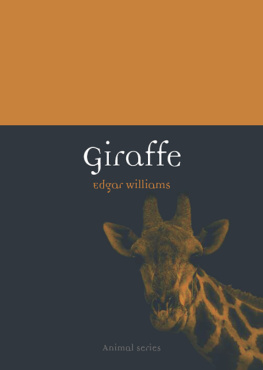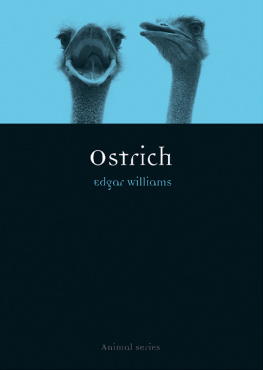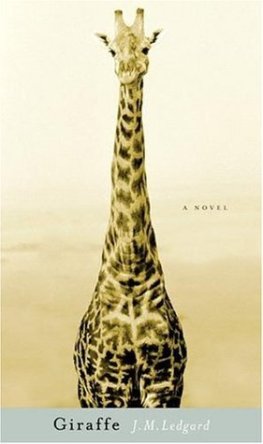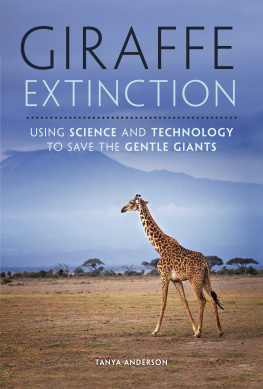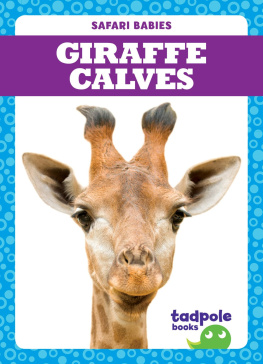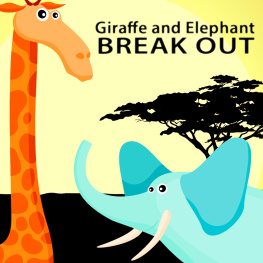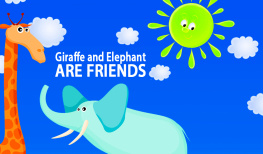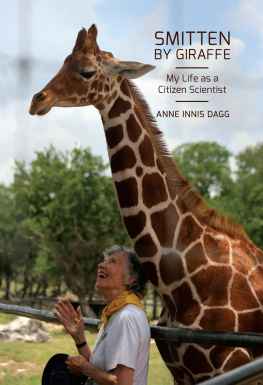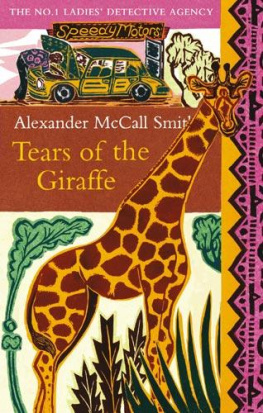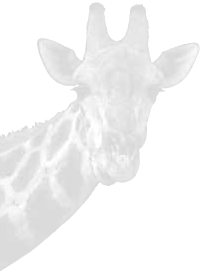Edgar Williams - Giraffe
Here you can read online Edgar Williams - Giraffe full text of the book (entire story) in english for free. Download pdf and epub, get meaning, cover and reviews about this ebook. year: 2011, publisher: Reaktion Books, genre: Religion. Description of the work, (preface) as well as reviews are available. Best literature library LitArk.com created for fans of good reading and offers a wide selection of genres:
Romance novel
Science fiction
Adventure
Detective
Science
History
Home and family
Prose
Art
Politics
Computer
Non-fiction
Religion
Business
Children
Humor
Choose a favorite category and find really read worthwhile books. Enjoy immersion in the world of imagination, feel the emotions of the characters or learn something new for yourself, make an fascinating discovery.
- Book:Giraffe
- Author:
- Publisher:Reaktion Books
- Genre:
- Year:2011
- Rating:4 / 5
- Favourites:Add to favourites
- Your mark:
Giraffe: summary, description and annotation
We offer to read an annotation, description, summary or preface (depends on what the author of the book "Giraffe" wrote himself). If you haven't found the necessary information about the book — write in the comments, we will try to find it.
Everything about a giraffe its extraordinary long neck, distinctive camouflage, graceful movement and friendly nature is instantly recognizable. Consequently the giraffe has fascinated man throughout its history, with its quiet and lofty stance representing in the human psyche virtue, peace and harmony. But while giraffe once roamed the Great Plains of Africa in huge herds, their numbers have greatly diminished and they are now entirely dependent on humanity for their survival.In Giraffe, Edgar Williams explores not only the unique biology of the tallest animals on earth but also their impact on human history including in ancient Egypt, where giraffes were kept as exotic pets; the Middle Ages, when giraffes were considered mythical beasts as improbable and mysterious as the dragon; and the Victorian era, in which giraffe hunting was considered an exhilarating sport.The first book to provide a comprehensive, twenty-first-century view of the giraffe in art, literature, film and popular culture, Giraffe also explores in depth the animals natural history and the debates surrounding its evolution. This engaging book will appeal to anyone who admires this elegant creature.
Edgar Williams: author's other books
Who wrote Giraffe? Find out the surname, the name of the author of the book and a list of all author's works by series.

